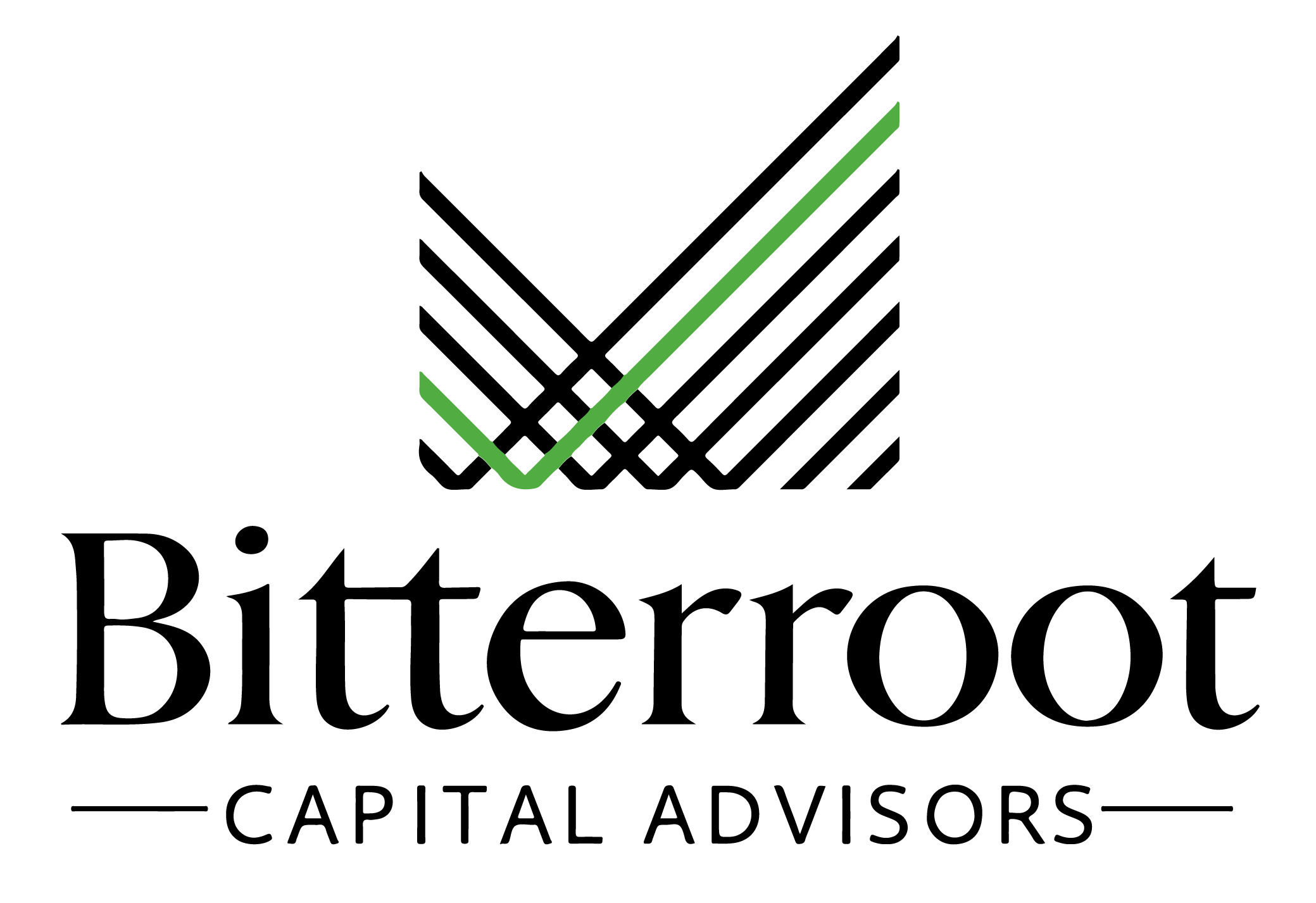The HFRX Hedge Fund Index was up 0.7% both in Q2 and YTD.
Equity hedge, credit, and global macro strategies performed best in Q2 (+2.1%, +1.3% and +2.8%) while merger arbitrage and event driven strategies performed worst (-1.8% and -2.8%).
US private real estate operating fundamentals are mixed in terms of operating fundamentals and transaction prices.
Within multi-family apartments, national rent growth has remained relatively flat on a YOY basis during Q2. Sequentially, rents peaked in Aug 2022 and then declined by 5% through February 2023 before rising 4% through June 2023. Rental rates are firming in the South and Midwest while continuing to decline in the Western US.
In-place industrial rents remain strong and have increased 7% YOY in terms of national averages. Importantly, new lease rates remain 20%-25% higher than in-place rents providing multi-year visibility for 5%+ industrial rent growth (given the four-year average lease terms for industrial properties).
Office fundamentals are clearly under pressure with increasing frequency of defaults on debt.
Cap-rates have risen, given the sharp increase in debt funding costs.
In many cases, debt dilutes equity returns as the cost of funding is higher than the cap-rate.
Pricing has continued to decline with the NCREIF index down 1.8% in Q1 2023 (latest data available), following a 3.5% decline in Q4 2022.
Sales volumes remain depressed as cap rates have rose and property valuations have declined. The bid / ask spread remains high.
Refinancing risk is an area to closely monitor as substantial commercial real estate debt matures over the next few years.
The office sector and some pockets of retail are clearly under pressure and may see defaults pick up considerably over the next 18 months.
Private equity performance remained relatively resilient in 2022 (down 4.3%) and has likely delivered positive returns thus far in 2023 (PE reports with 90-120 day lags so Q1 official benchmark data is not available).
PE buyout returns thus far in 2023 are unlikely to match the broader public equity markets as PE held up much better in 2022 and given that most PE buyout exposure is not within the mega-cap technology space (other sectors in the public markets have rallied far less YTD).
US PE buyout deal value declined to roughly $190bln in Q2 down from $220mm in Q1 and well below the $380mm Q4 2021 peak (although in-line with pre-pandemic levels).
Valuations for new deals are beginning to decline with the median deal valuation at 10.5x EBITDA vs. 12.1x EBITDA in 2022. However, valuations for the highest-quality businesses remain robust and have not experienced material declines.
Add-on deals (as opposed to new LBOs) continued to increase their share of overall PE activity and accounted for 78% of total PE deals through H1 2023 vs. 72% in 2021.
Leverage levels on deals have reduced by 1.0x-1.5x turns thus far with debt accounting for 43% of total capitalization vs. 53% at the end of 2021.
Exit activity remains depressed and has been flat to down for seven consecutive quarters since Q3 2021. Exit activity is now below pre-COVID levels.
If exit activity remains depressed, this could lead to a maturity wall for funds raised 10-12 years ago and drive increased levels of secondary activity.
Venture capital funds (pooled returns) delivered a -21% decline in 2022. Given the reporting lag, 2023 performance data is not yet available. However, valuations appear to have stabilized.
Deal count and new deal value has largely stabilized over the past few quarters at pre-pandemic levels (down 50% from 2021 highs).
Exit activity remains anemic with only $12bln in exits through H1 2023.
Down-rounds are finally occurring as some companies face cash funding needs. 14% of completed financings in Q2 were down-rounds and the percentage of down-rounds is likely to increase over the next year.


